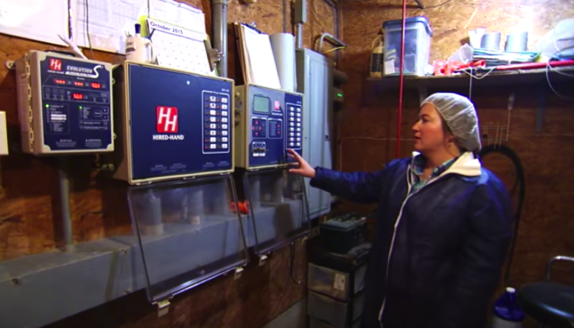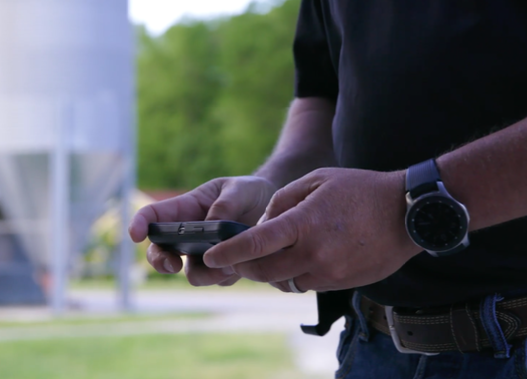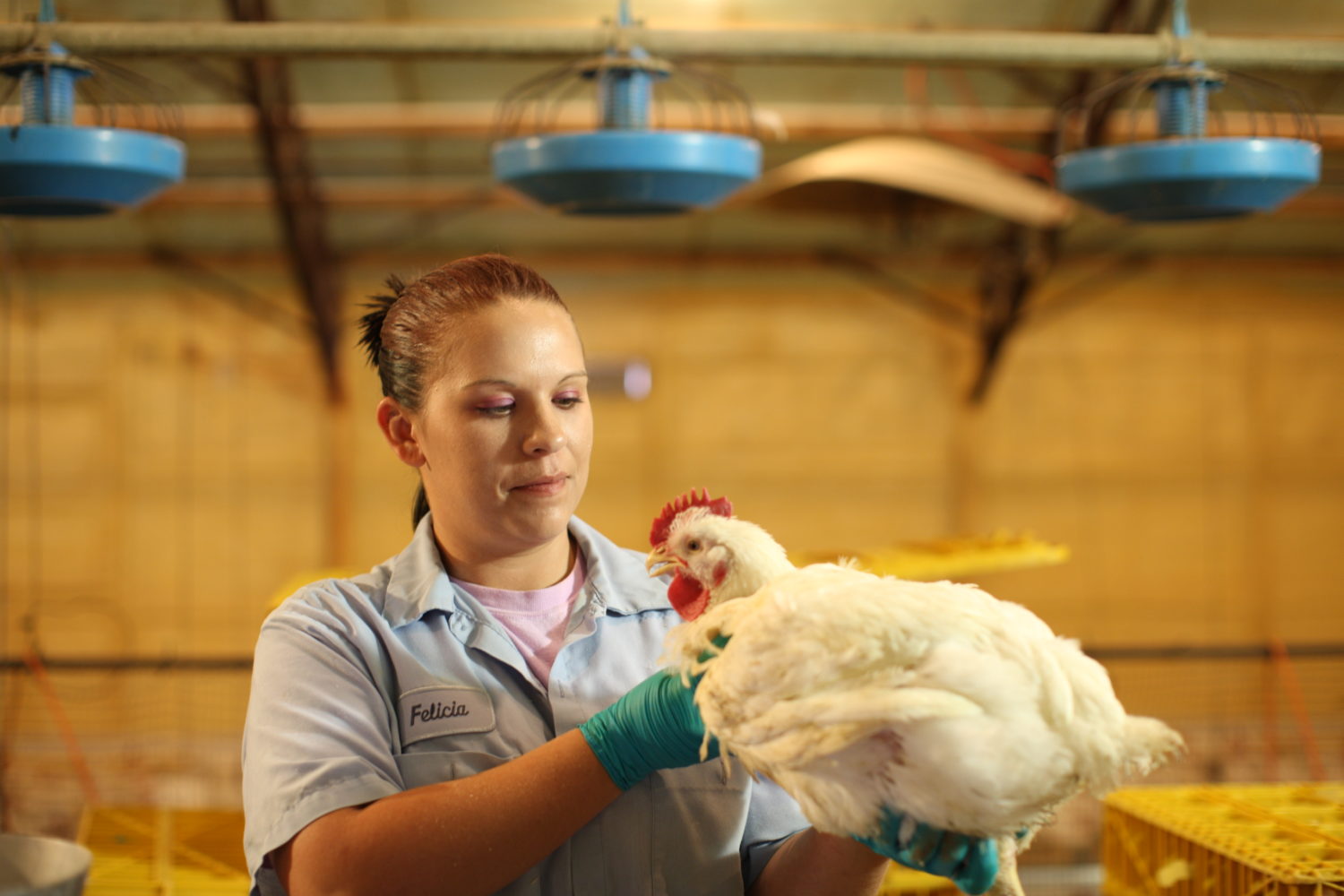Find out what poultry operations around the country are doing to improve their processes through the technology of connectivity.
It’s true: the industry that puts your chicken on the table is producing more food with more precision and safety than ever before. And even with U.S. broiler production increasing 21% from 2010 to 2020, our industry charted noteworthy improvements in efficiency and sustainability. So, what’s our secret? For one thing, our technology is getting smarter—connected devices are improving modern farming and revolutionizing the way we do business. For poultry in particular, technological solutions and the Internet of Things (IoT) have vastly improved operational efficiency, which is good not only for farmers and companies, but also for the planet and for consumer safety, too.
This blog was originally posted on Chicken Check In and can be found here.

Chicken houses (or growout houses) are an essential part of modern farms that raise chickens. Ensuring proper ventilation inside of the house is a key aspect of keeping the chickens healthy. Ammonia, which is relatively harmless in small doses, is created when poultry manure breaks down and too much ammonia can affect the health of the birds.
Much like ammonia, excessive buildup of carbon dioxide and methane can negatively impact both the chickens themselves and the surrounding environment.
If a little is unavoidable, and a lot is trouble, how can farmers effectively monitor the levels of gas in their enclosures to ensure safety? The answer lies in artificial intelligence. By automating ventilation systems with AI environmental sensors, farmers can precisely regulate their production environment and protect their birds against dangerous levels of gas, not to mention undesirable temperature and humidity levels.
Many AI solutions simply require plugging inputs into a system, and from there, the system learns on its own. This is a great way to streamline one of the more onerous maintenance tasks required in poultry farming.
Health Monitoring

In addition to technology that captures environmental information, there are also IoT sensors available for the rapid detection of disease. Using a combination of audio, imaging and other sensors, chicken producers are now able to continuously survey flocks for symptoms of infectious illness.
An IoT sensor can detect changes in body temperature and other manifestations of disease in birds. Real-time data analysis enables farmers and company veterinarians to swiftly detect and respond to irregularities, and just as importantly, plan for potential outbreaks.
With adjustments in environment or ventilation, or the establishment of a process to inhibit infectious agents, farmers are able to find preventative measures for the future thanks to data they’re receiving today.
DNA Mapping
The breeding process has also been revolutionized by technological innovation. Advancements made in DNA mapping and animal health diagnostic tools over the last few decades provide today’s chicken breeders with access to an abundance of data regarding the health and genetics of the birds under their care. This data is instrumental in the breeding process.
Chickens go through in-depth screening procedures to ensure the healthiest and strongest go on to create the next generation. Selection for health and welfare traits is important not only to animal welfare but also to improve husbandry. These screenings include:
- DNA tests to check for any genetic disorders down the line
- Blood oxygen level tests to ensure heart and lung health
- Ultrasounds to examine breast muscles
- X-rays of joints. Leg and joint health are important traits to improve over each generation, as birds need strong legs and joints in order to easily access their feed and water and grow to their full potential
From the farm to the table, modern technology is powering the evolution of the chicken industry. “Smart farming” is the way of the future, and as progress continues apace, we will continue to adapt in the direction of better, safer, more sustainable production. We’re ready for the future, and the future is hungry for chicken.


